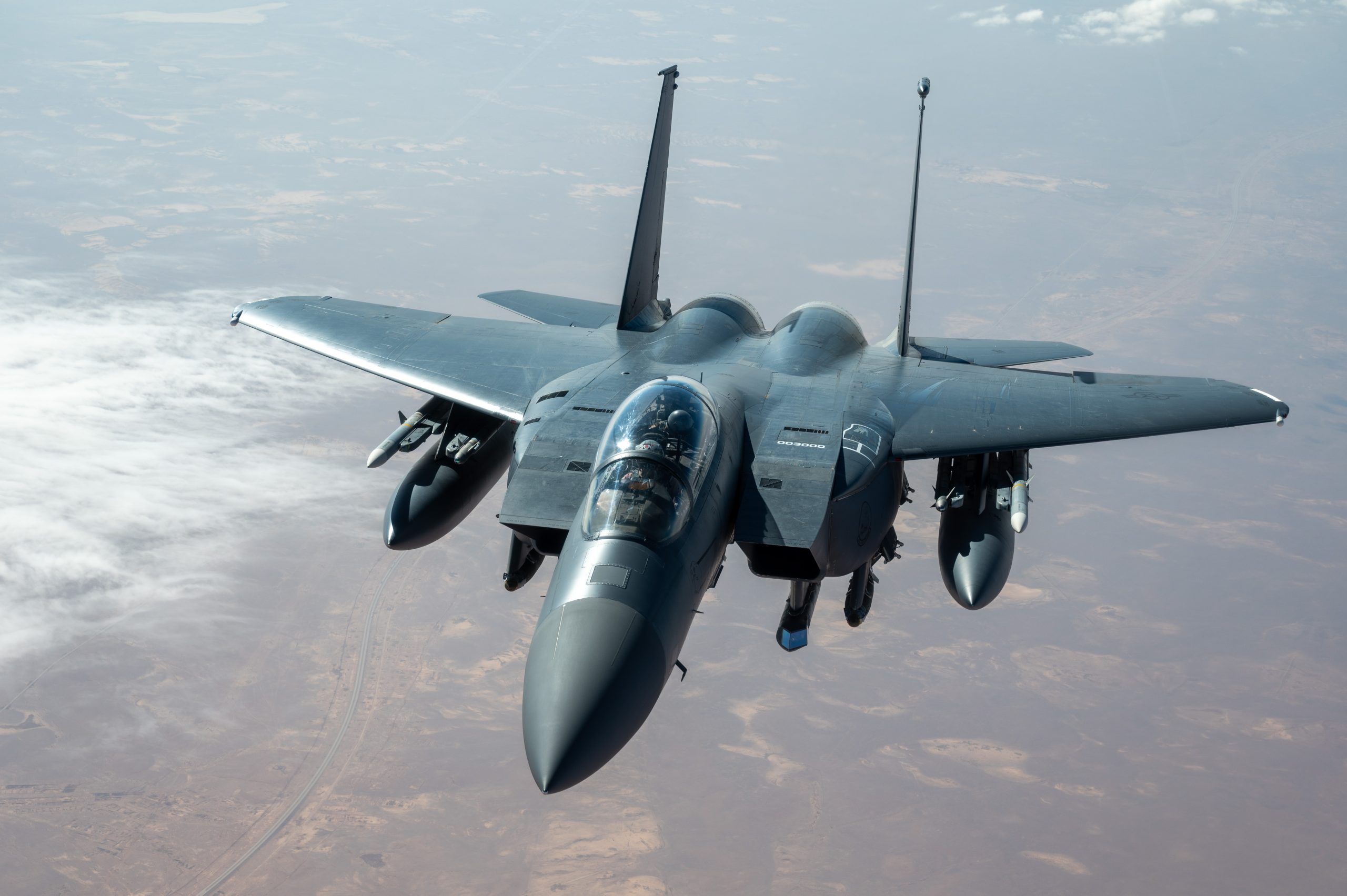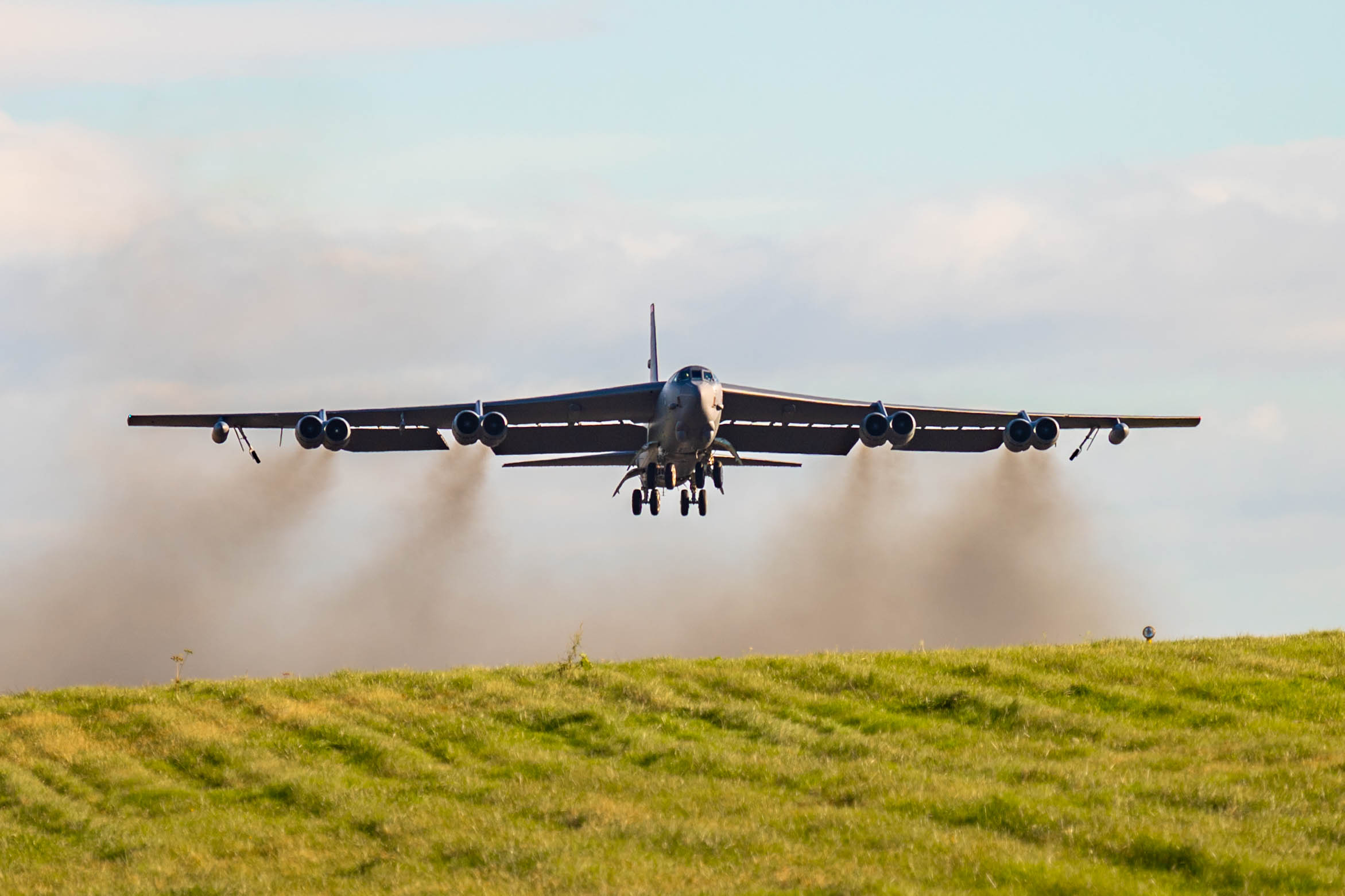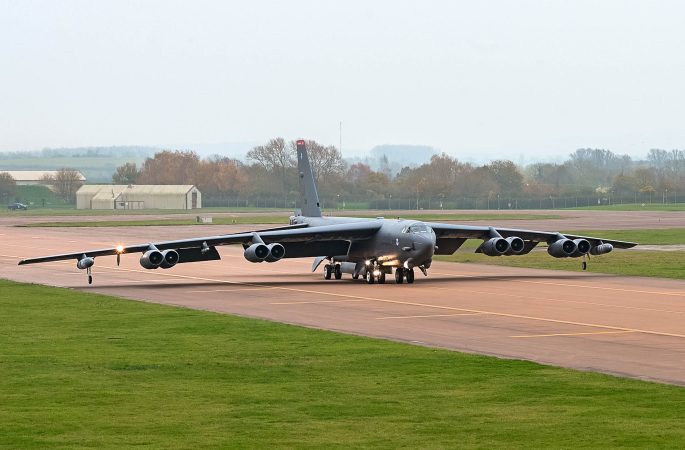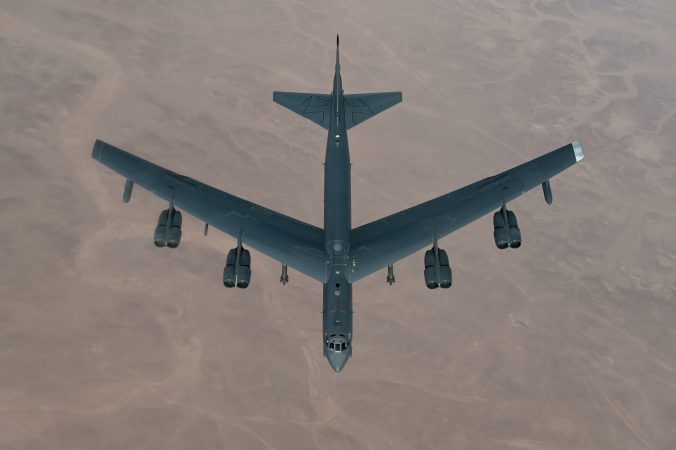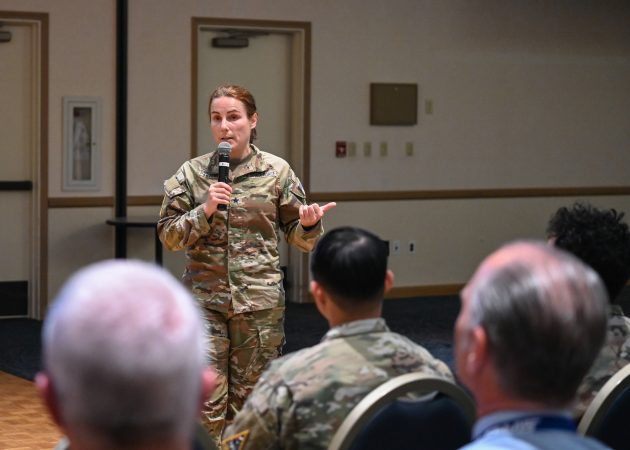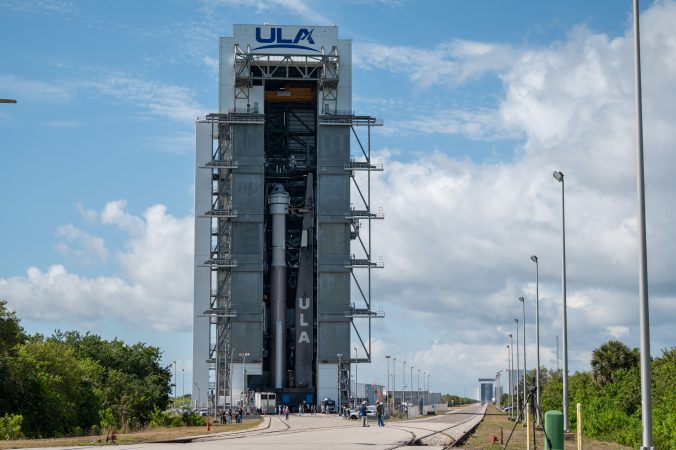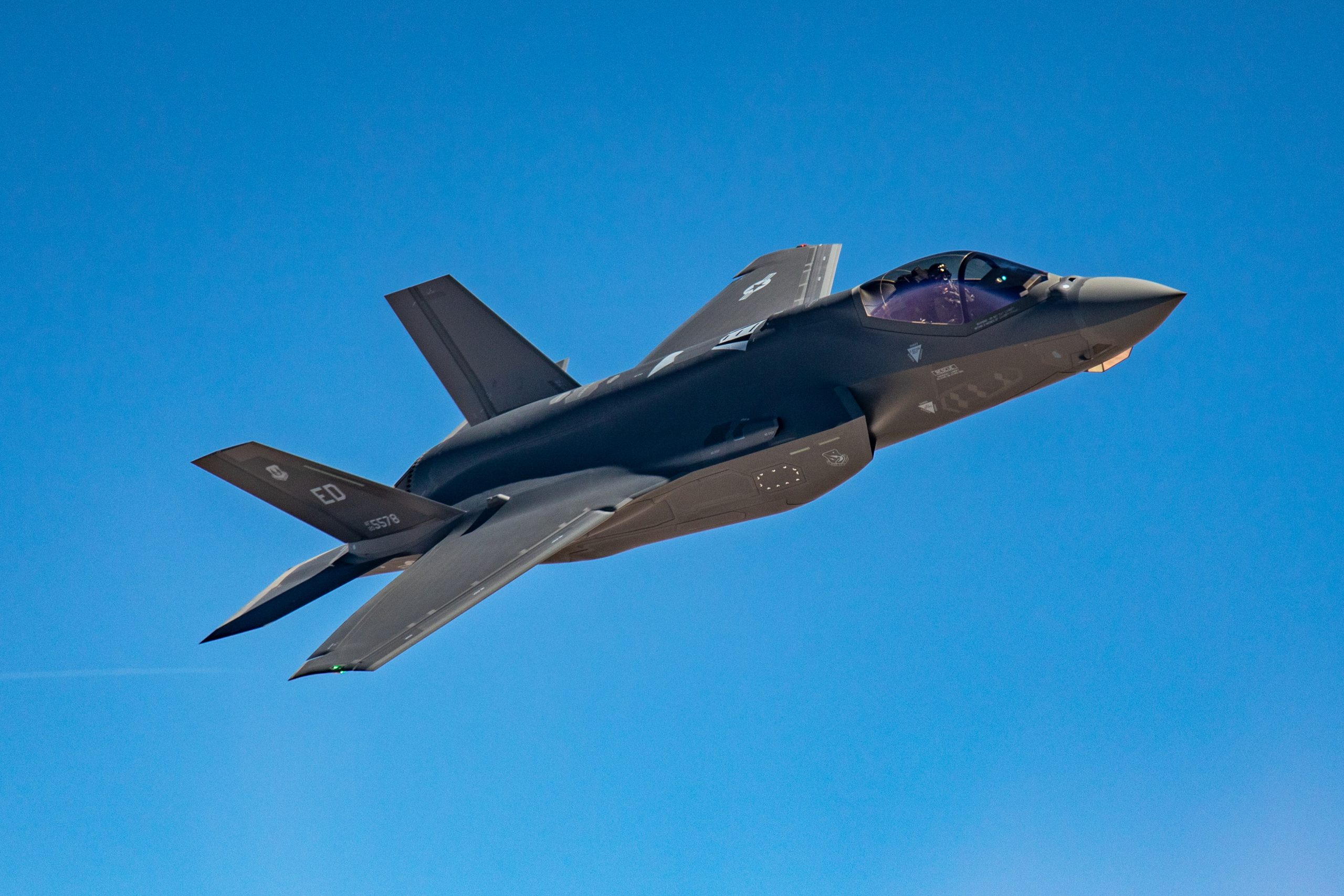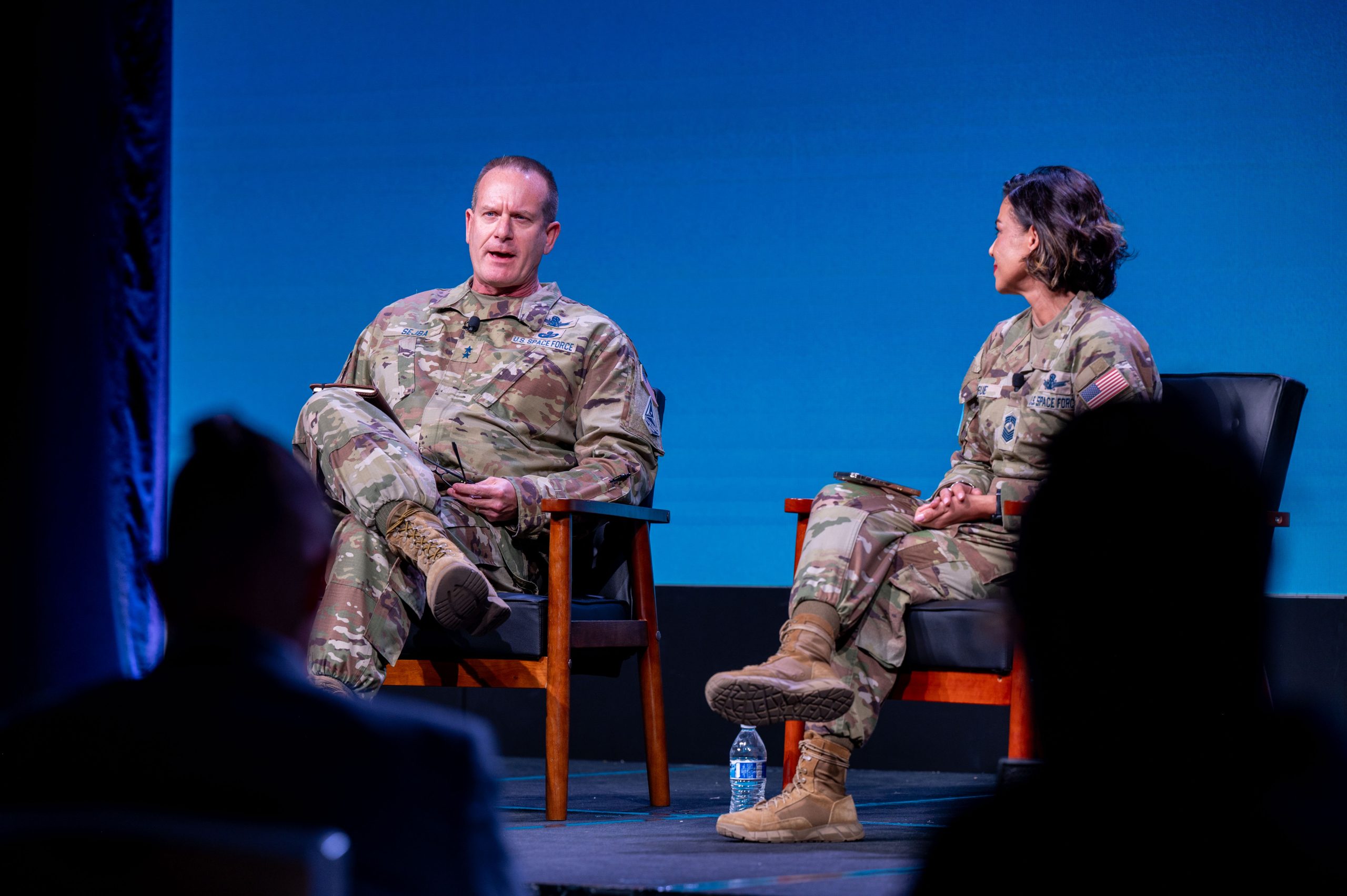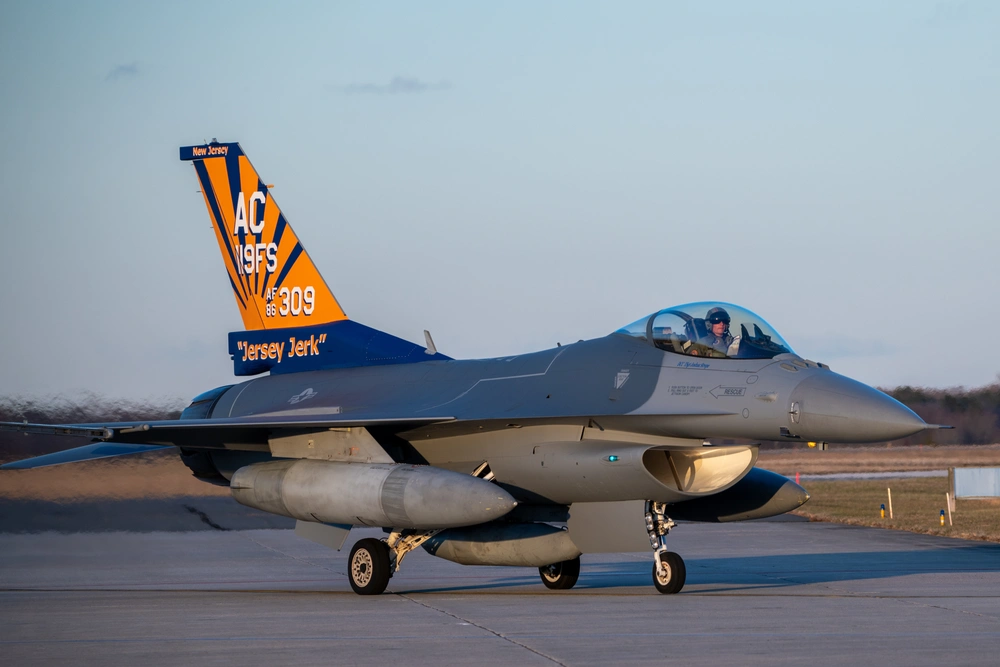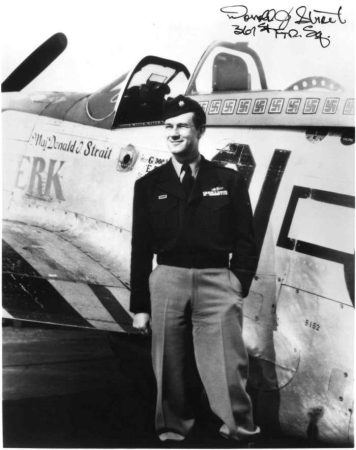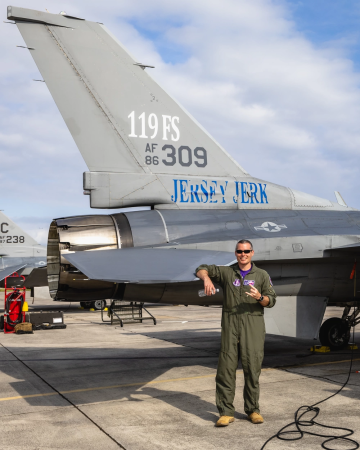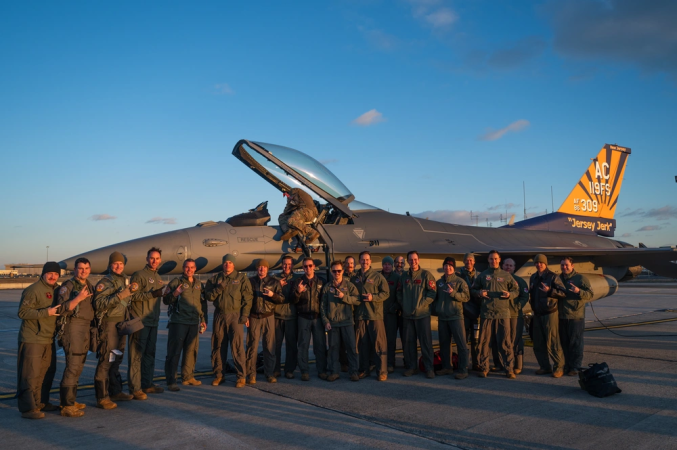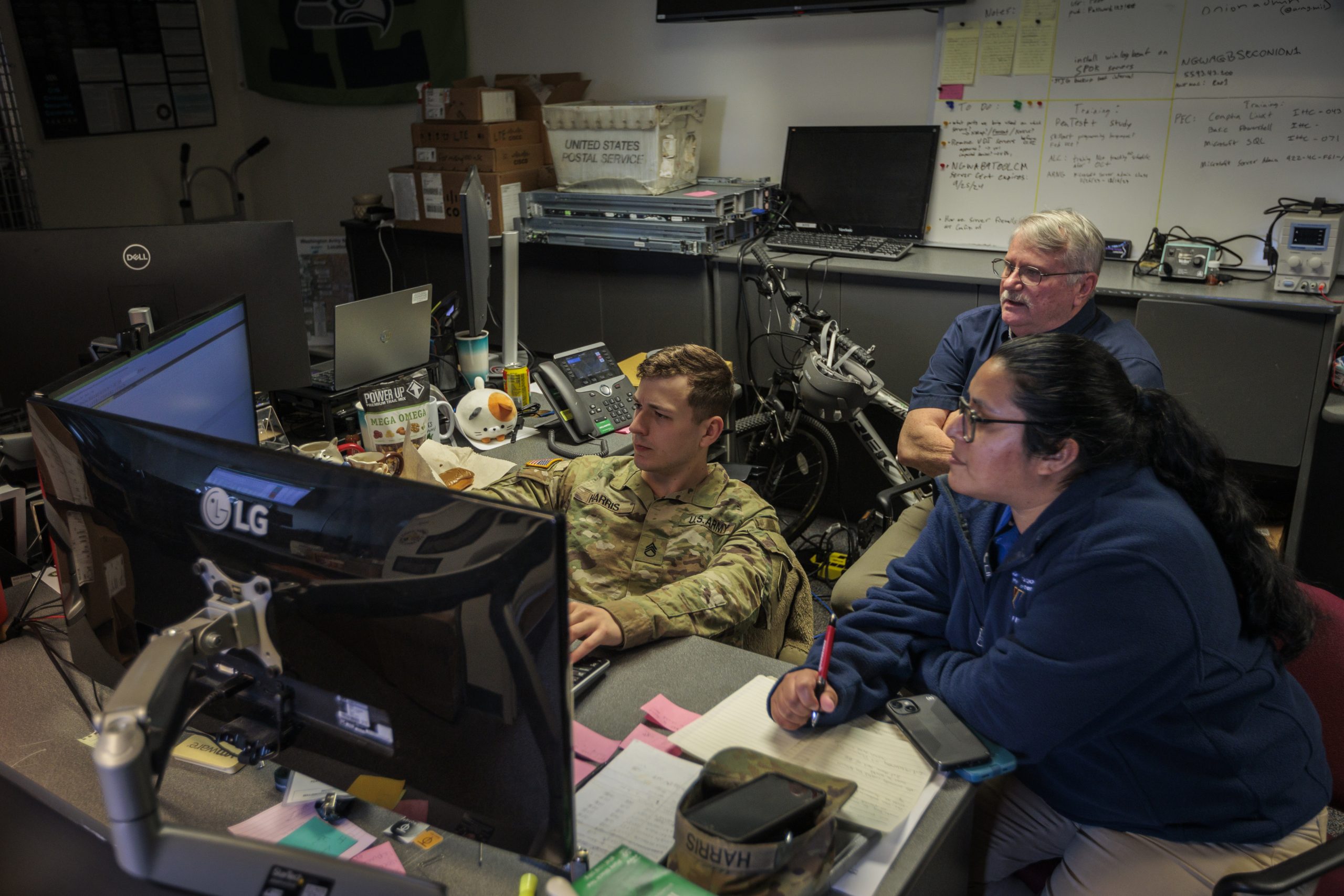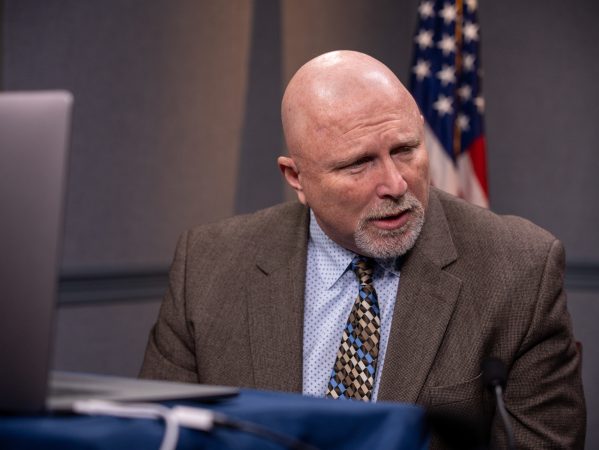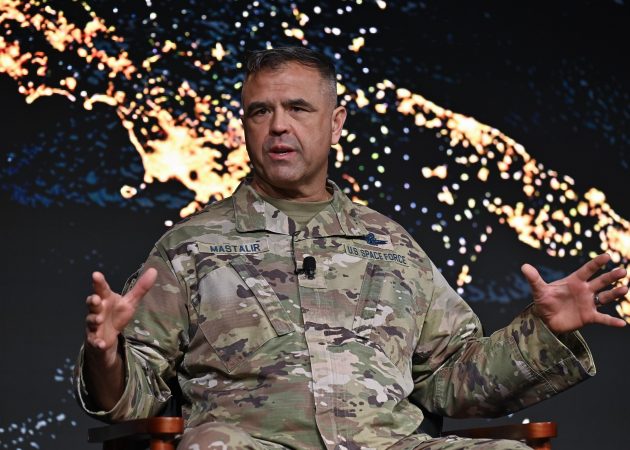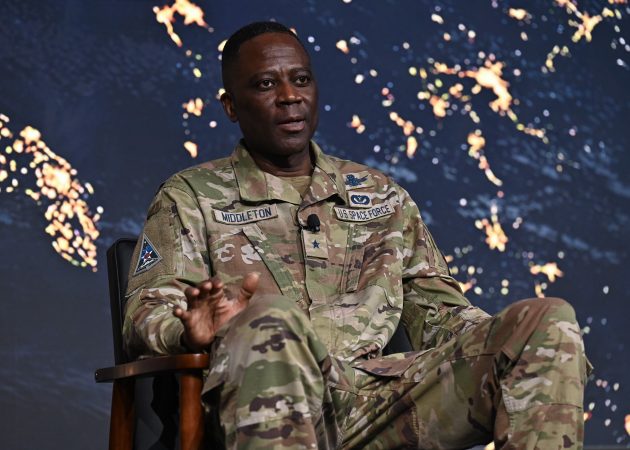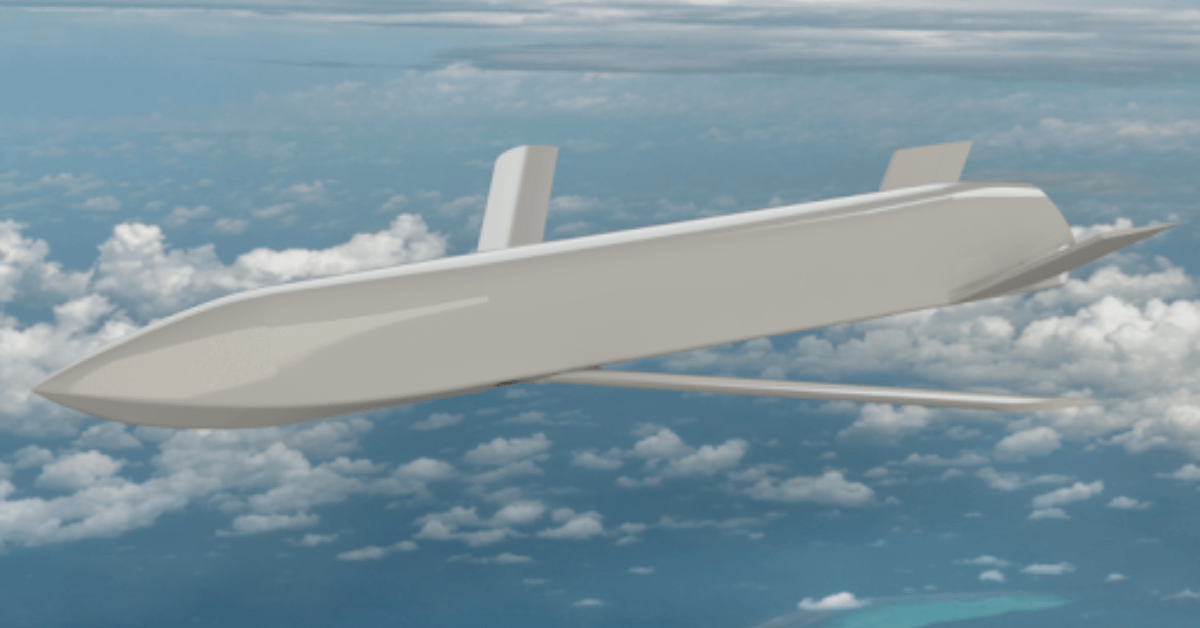The U.S. military conducted a new round of airstrikes against militants from the Islamic State group in central Syria on Dec. 16, as the Pentagon is attempting to stop ISIS from gaining ground following the sudden collapse of the regime of Bashar Al Assad.
The U.S. conducted “precision airstrikes” against Islamic State camps and operatives in central Syria, U.S. Central Command (CENTCOM) announced. The command said 12 militants were killed, and it does not believe there were civilian casualties. CENTCOM added that a battle damage assessment is ongoing. Four locations in the Badiya desert were struck, the Pentagon said.
The U.S. military has been conducting a more vigorous air campaign against Islamic State militants in recent months, even before the Assad regime’s fall on Dec. 8.
“CENTCOM, working with allies and partners in the region, will not allow ISIS to reconstitute and take advantage of the current situation in Syria,” CENTCOM commander Army Gen. Michael “Erik” Kurilla said in a statement.
Hours after the Assad regime fell Dec. 8, CENTCOM conducted a punishing series of airstrikes on five sites in central Syria, where the group is now concentrated, involving around 75 targets and approximately 140 precision munitions dropped from U.S. Air Force B-52 Stratofortress bombers, F-15 Strike Eagle fighters, and A-10 Thunderbolt II attack aircraft, in airspace that was formerly held by the regime and Russia, which supported Assad.
The airstrikes on Dec. 16 again went after the group in areas that were previously off-limits to U.S. aircraft, the command said in a news release.
“These recent strikes are in former regime and Russian-controlled areas, ensuring pressure is maintained on ISIS,” CENTCOM stated.
There is a lack of Russian and regime air defense systems and military flight operations in the area, which has enabled the recent airstrikes against ISIS, U.S. officials said.
The Navy’s USS Harry S. Truman aircraft carrier and its embarked F/A-18 fighters arrived in the Middle East on Dec. 14, joining Air Force B-52s, F-15Es, F-16s, and A-10s in the region. The B-52s and a squadron of F-15Es will depart the region in the coming weeks following the arrival of Truman’s airpower, Air & Space Forces Magazine has learned. A spokesperson for CENTCOM declined to say which platforms conducted the Dec. 16 airstrikes.
A U.S.-led coalition and their local allies dismantled the Islamic State’s self-declared caliphate in Iraq and Syria in 2019 as part of the ongoing Operation Inherent Resolve. The U.S. still has about 900 troops in eastern Syria who have been working with the Kurdish-led Syrian Democratic Forces that are battling the remnants of ISIS as it has sought to make a comeback.
U.S. officials have said the Assad regime and Russia conducted largely token operations against the Islamic State group in central Syria while in power. But with Assad gone from the country and Russia’s future military footprint in the country uncertain under a rebel-controlled government, that has allowed expanded U.S. air operations in certain areas.
“Broadly speaking, one of the big factors that has changed in Syria is the airspace in the sense that previously, you had Syrian regime and Russian air defenses which would preclude, in many cases, our ability to or desirability to go into those areas,” Pentagon Press Secretary Air Force Maj. Gen. Patrick S. Ryder said. “It’s a much more permissible environment in that regard.”
Russia has begun withdrawing a large amount of military equipment and troops from Syria, U.S. officials said.
In northeastern Syria, the U.S. also wants to prevent the SDF-controlled Al Hol camp, which holds displaced people, and nearby detention centers, which hold thousands of Islamic State prisoners, from being overrun and fueling a resurgence of the group.
“Al Hol presents a significant security concern in the sense that were ISIS able to affect some type of breakout of any detention facility, that would be a significant setback and something that would be very concerning,” Ryder told reporters.
